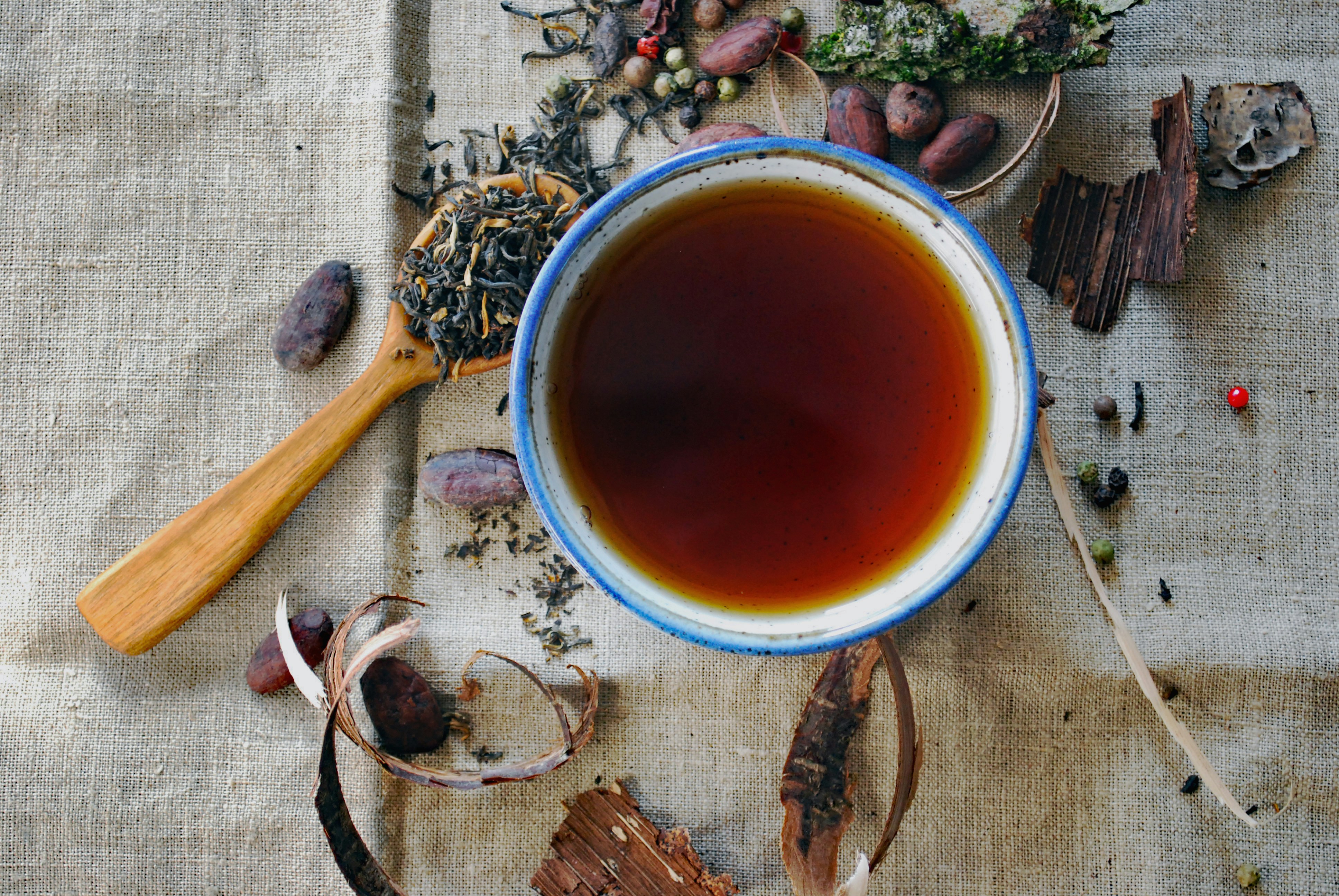Every year, the world comes together to celebrate World Sake Day, a day dedicated to appreciating the unique and complex flavours of Japan's national beverage. Sake, often referred to as "rice wine," is a fermented alcoholic beverage made from rice. It has gained immense popularity worldwide, winning over our taste buds with its delicate balance of sweetness, umami, and acidity. Sake simply translates to 'alcohol'. World Sake Day is celebrated worldwide with various events and activities. Many sake breweries offer special tastings and events to educate consumers about the different types of sake and their unique flavours. Restaurants and bars also feature special sake-themed menus and cocktail pairings.
Also Read: Did You Know? Sushi Was Never Meant to Be Eaten! Uncover Its Surprising Origins
The History of Sake
The history of Sake dates back thousands of years to ancient Japan. It was originally brewed as a religious offering and was later adopted as a part of everyday life. Sake's production process involves a unique method called koji brewing, which involves fermenting rice with koji mould. This process gives sake its distinctive flavour profile.
The Growing Popularity of Sake
Sake has gained significant popularity outside of Japan in recent years. Its versatility and complex flavours have made it a favourite among wine and cocktail enthusiasts. Many bars and restaurants now offer a wide selection of sake and sake cocktails, showcasing the diversity of this unique beverage.
The Art of Sake Tasting
Sake is typically served warm or cold, depending on the style and personal preference. The traditional way to serve sake is in small ceramic cups called "ochoko." When tasting sake, it's important to appreciate its complex flavours and aromas. Pay attention to the sweetness, umami, acidity, and body of the sake.
What Are The Different Types of Sake?
There are many different types of sake, each with its own unique characteristics. Some of the most common types include:
- Junmai: Made from pure rice without any added rice polishings.
- Honjozo: Made with a small amount of rice polishings, resulting in a slightly more flavorful sake.
- Daiginjo: Made with a high percentage of rice polishings, resulting in a delicate and complex flavour.
- Nama-zake: Unpasteurized sake that has a fresher and fruitier flavour.
- Nigori-zake: A cloudy sake made with unfiltered rice.
Also Read: 5 Best Dishes Of Japanese Cuisine That Foodies Will Love
Sake Pairing:
Sake pairs well with a variety of dishes, especially Japanese cuisine. However, it can also complement Western dishes, such as seafood, poultry, and light meats. When pairing sake with food, consider the flavour profiles of both the sake and the dish.
How Does Sake Taste?
The flavour of sake can vary widely depending on the type of rice used, the brewing process, and the ageing period. However, sake generally has a clean, refreshing taste with a subtle sweetness and a touch of umami. Some sakes may have fruity or floral notes, while others may have a more earthy or nutty flavour.
Best Ways to Enjoy Sake
There are many ways to enjoy sake. Here are a few suggestions:
- Sake Tasting: Attend a sake-tasting event to learn about the different types of sake and how to pair them with food.
- Sake Cocktails: Many bars and restaurants offer creative sake cocktails that combine the unique flavours of sake with other spirits and mixers.
- Warm or Cold: Sake can be enjoyed either warm or cold. Warm sake is often served at a temperature between 40-50 degrees C (104-122 degrees F), while cold sake is typically served at a temperature of 5-10 degrees C (41-50 degrees F).
- Sake Pairing: Experiment with different sake pairings to find your favourite combinations. Sake can complement a variety of dishes, from sushi and sashimi to grilled meats and cheeses.
World Sake Day 2024 is a celebration of Japan's rich cultural heritage and the delicious and complex flavours of Sake.
About Neha GroverLove for reading roused her writing instincts. Neha is guilty of having a deep-set fixation with anything caffeinated. When she is not pouring out her nest of thoughts onto the screen, you can see her reading while sipping on coffee.









